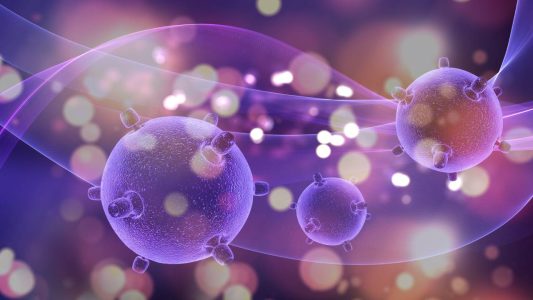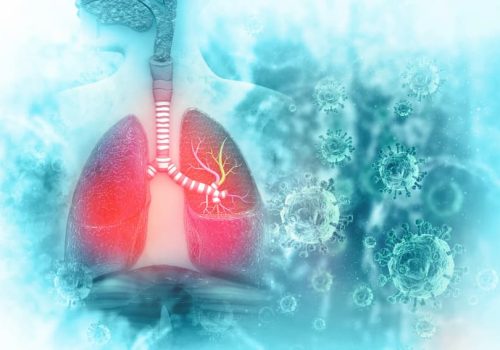The use of stem cells has become popular in many fields of medicine. Its development in recent years has been so extensive that, as a result, a new specialty called regenerative medicine has been created. Many things have been said about stem cell treatment. In some cases, the results are satisfactory; in others, they are not. The truth is that, as a method to combat rheumatism, the stem cell has demonstrated high efficiency.
New developments in the use of cells against rheumatism
Stem cells can be used in the treatment of rheumatism. The procedure is aimed at suppressing the acute pain that this disease causes in the joints. The stem cell is the raw material of the body and promotes the regeneration of the tissue in which it is embedded. The restoration of cartilage tissue in the joints suppresses pain and provides a highly effective solution for those suffering from rheumatism or arthritis. Learn about the most outstanding advances in regeneration to combat rheumatism and arthritis through the use of cells. These are, among others, the implantation of masenchymal cells and the use of adipose tissue as a source of stem cells. Although there are some traditional treatments (notorious for being uneconomical), the use of stem cells to improve joints has great advantages that are worth analyzing.
Advantages in the use of this new procedure
We can list the following advantages of the new method of cell regeneration. Learn all the benefits for patients and convince yourself that this option is already a reality:
- They have immunological properties: Stem cells not only have properties that promote the regeneration of worn out joints, but also help to regulate the immune system and thereby improve its functioning.
Recovery times are shorter.
If we compare this treatment with the use of corticosteroids or other traditional methods to alleviate rheumatism, stem cells reducethe time it takes for patients to experience the positive effects. In some cases, the recovery time is reduced to 15 to 35%.
They can be supplied in various doses.
Unlike other substances, to which the body usually develops rejection or allergy, stem cells can be used on demand, depending on when the patient needs them. There is no established dose limit for a given patient. For this reason, extraction and implantation sessions may be repeated continuously. Obviously, these sessions must be supervised by an expert, who will determine their frequency and number.
They do not present harmful side reactions.
Stem cells are a naturally occurring raw material. In many cases, they come from the patient. Therefore, they are not rejected by the immune system and the patient can assimilate them more naturally, without suffering any adverse or allergic side reaction.
Its extraction is almost immediate.
With the recently developed extraction methods, the patient experiences less pain. In addition, these procedures are less uncomfortable and less invasive. This promotes the well-being of the person during the extraction and implantation process. Similarly, the benefit can be seen in the patient’s recovery time and improved quality of life.
The use of stem cells is now a reality and is changing the lives of many patients who have been suffering from joint problems. It is true that there is still much to be developed and discovered about this method. However, great results have been seen for several years now. Dare to try this new method! A commitment to stem cell implantation.


















